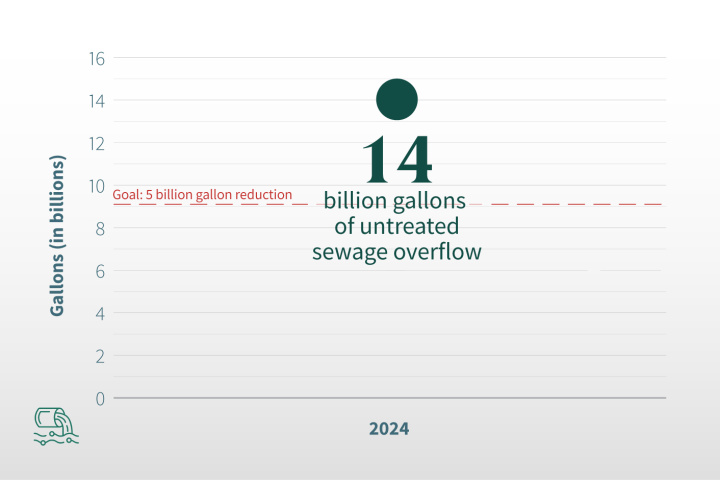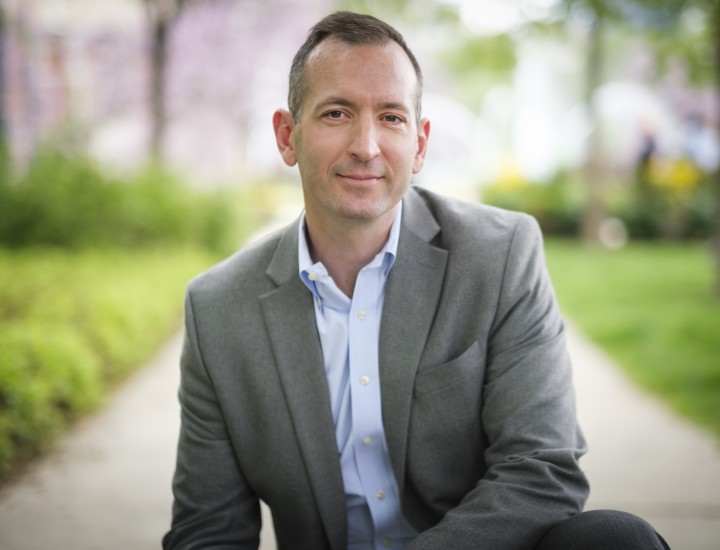By 2035, reduce annual untreated sewage overflows by 5 billion gallons per year across the region.
The decades since the passage of the 1972 US Clean Water Act have seen remarkable success in the clean-up of urban waterways, including those in Philadelphia and Camden. With that improvement has come significant growth in the number of people looking for positive experiences on, in, and along the region’s rivers and streams.
However, every year billions of gallons of stormwater mixed with raw sewage ends up, untreated, in local creeks, streams, and rivers due to outdated infrastructure that is overwhelmed, especially during extreme weather. In many cases, the communities near these waterways have average household incomes below the poverty line, meaning the areas that have historically withstood economic and environmental burdens have less access to clean waterways. These contaminated waters also spill into basements, parks, and public roads – often in these same neighborhoods – during flooding.
To improve quality of life, to enhance health and safety, and to reduce pollutants in our communities, we have prioritized a reduction in sewage overflows.
We recognize that there are many ways that organizations and communities can contribute to advancing this objective and are looking for your best ideas about how to accomplish this in communities across Greater Philadelphia, particularly those that have been most burdened by this problem.
We measure progress in this area by analyzing publicly reported data about sewage overflow (e.g., Philadelphia Water Department data).
Progress Toward This Objective

